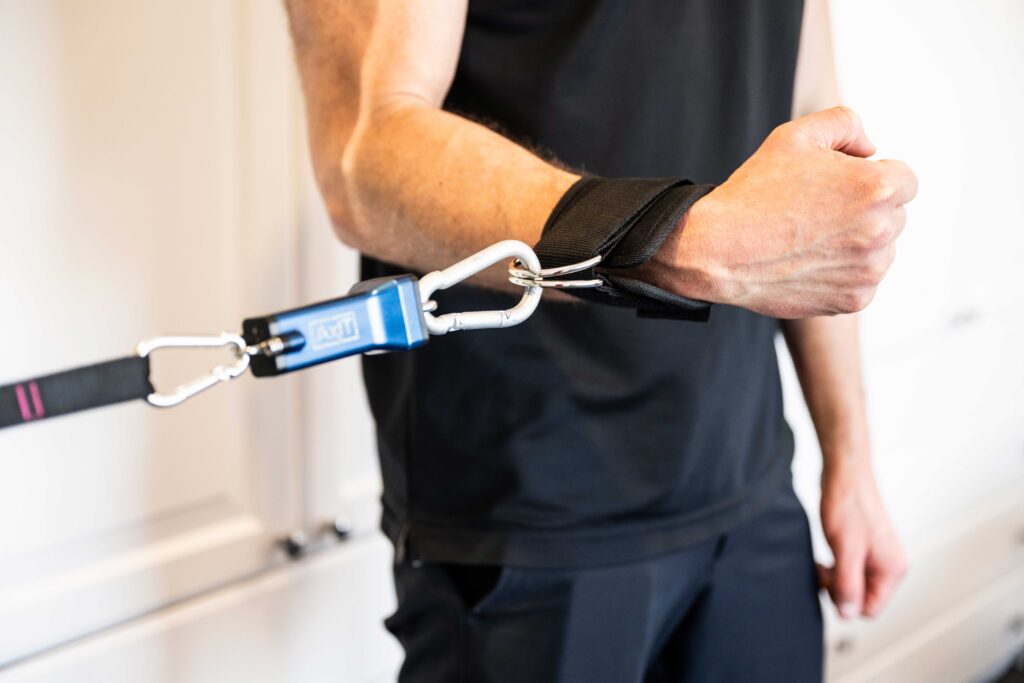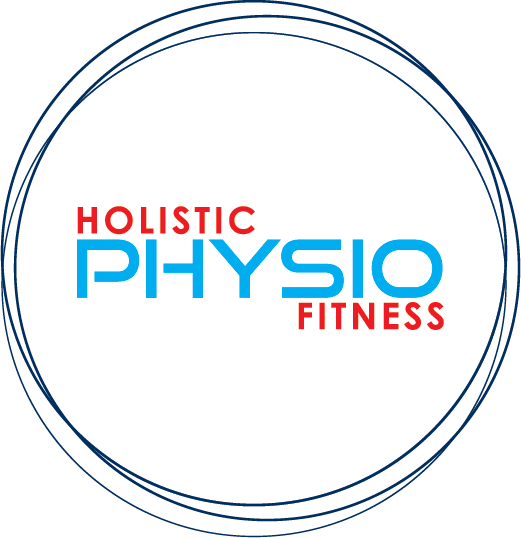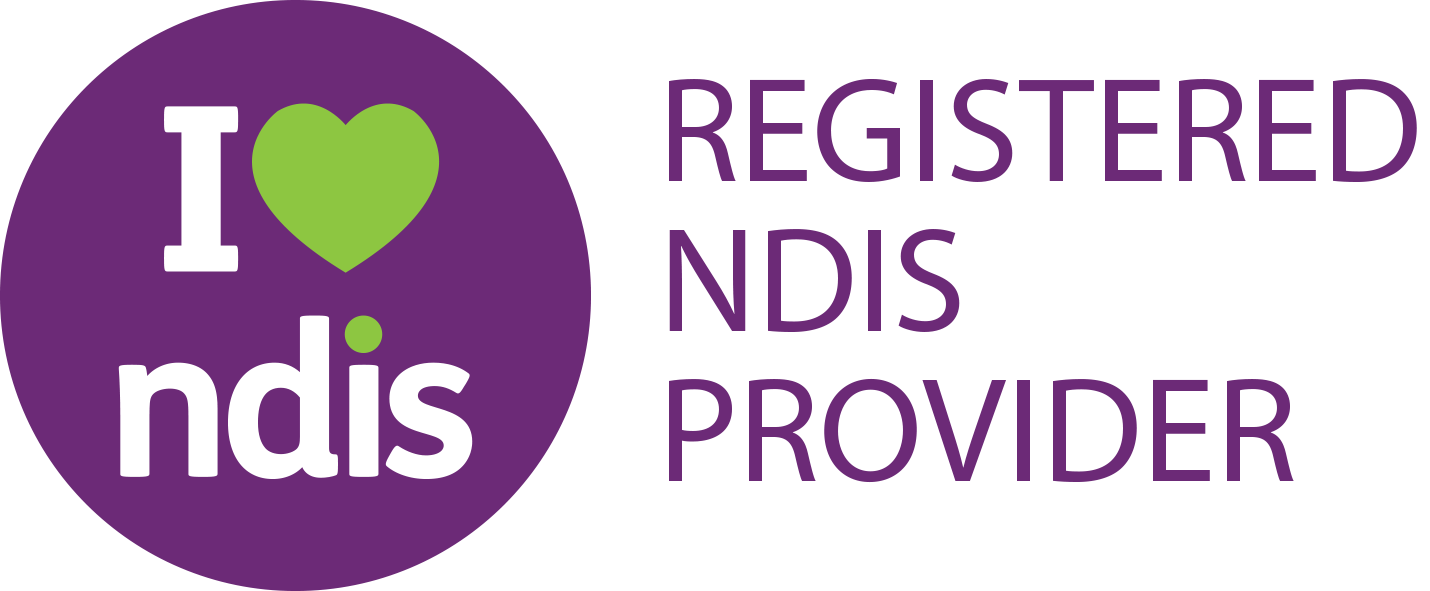
Shoulder pain is one of the most common musculoskeletal complaints, affecting people of all ages and activity levels. Whether it’s caused by an injury, overuse, or degenerative conditions, shoulder pain can significantly impact daily activities and quality of life. Rehabilitation is critical in managing shoulder pain, with exercise therapy playing a key role in restoring function and strength. However, to achieve the best outcomes, shoulder rehabilitation must include proper exercise prescription, access to the right gym equipment, and guidance from a skilled physiotherapist with expertise in exercise therapy.
The Importance of Proper Exercise Prescription in Shoulder Rehabilitation
Shoulder rehabilitation is a multifaceted process that focuses on restoring mobility, strength, and stability to the shoulder joint. Whether recovering from an acute injury, surgery, or a chronic condition like rotator cuff tendinopathy, the goal of exercise therapy is to reduce pain, enhance movement, and prevent future injury. Exercise prescription is not a one-size-fits-all approach; it must be tailored to the individual’s specific needs, condition, and stage of rehabilitation.
- Restoring Shoulder Strength
One of the most crucial aspects of shoulder rehabilitation is rebuilding strength in the muscles surrounding the shoulder joint, particularly the rotator cuff and scapular stabilisers. The rotator cuff muscles help keep the ball of the shoulder (the humeral head) securely within the shallow socket of the shoulder blade (the glenoid). Strengthening these muscles is essential for reducing shoulder pain, improving stability, and preventing further injury.
However, effective strengthening requires a carefully designed exercise program that considers the individual’s unique condition. A physiotherapist will assess the shoulder and determine the most appropriate exercises to gradually increase strength without placing unnecessary strain on the injured tissues. This process often starts with low-resistance exercises, progressing to more complex movements as strength and function improve.
- Restoring Range of Motion (ROM)
Shoulder pain can result in restricted movement, making it difficult to reach overhead, behind the back, or perform other common tasks. Limited range of motion (ROM) not only affects daily activities but also increases the risk of developing compensatory movement patterns that can strain other parts of the body, such as the neck and upper back.
In the early stages of shoulder rehabilitation, the focus is often on gentle stretches and mobility exercises to restore ROM. Physiotherapists use techniques like joint mobilisation and targeted stretches to improve flexibility and reduce stiffness in the shoulder joint. Restoring full ROM is essential for resuming normal shoulder function and preventing long-term limitations.
- Improving Neuromuscular Control and Coordination
After a shoulder injury, the body’s ability to coordinate muscle movement and maintain stability may be compromised. Neuromuscular control is the process by which the brain and muscles work together to stabilise the shoulder during movement. Without proper control, the shoulder becomes more vulnerable to re-injury.
Exercise therapy that focuses on neuromuscular re-education can improve coordination and stability. These exercises involve movements that challenge the muscles around the shoulder to react quickly and effectively, helping the body learn to control the shoulder joint during dynamic movements. Balance training and proprioception exercises are commonly included in rehabilitation to restore normal function and reduce the likelihood of future injury.
The Role of Gym Equipment in Shoulder Rehabilitation
While exercise therapy is essential, the proper gym equipment is equally important for achieving the best possible outcomes in shoulder rehabilitation. The right equipment allows patients to safely perform a variety of strengthening and mobility exercises while monitoring progress and gradually increasing intensity.
Some key gym equipment used in shoulder rehabilitation includes:
- Resistance Bands and Dumbbells: Resistance bands are an excellent tool for improving shoulder strength and mobility. They offer controlled resistance, which is ideal for early rehabilitation stages. Dumbbells, on the other hand, provide a more dynamic way to build shoulder strength through functional movements like overhead presses, lateral raises, and rows.
- Cable Machines: Cable machines allow for controlled, adjustable resistance during shoulder exercises. The variety of movements possible with cables makes them highly effective for targeting the rotator cuff and scapular stabilisers in multiple directions. Cable exercises help to strengthen muscles while also enhancing coordination and stability.
- Rehabilitation Machines: Some rehabilitation centres may have specific machines designed to isolate and strengthen the shoulder muscles. Machines like the shoulder press or seated row machine are beneficial for focusing on upper-body strength in a controlled manner, making them ideal for patients recovering from shoulder injuries.
- Exercise Balls and Foam Rollers: Stability balls and foam rollers are often used for rehabilitation exercises that challenge core stability and shoulder strength simultaneously. These tools help patients engage the shoulder muscles while also improving posture and overall body control.
- Free Weights: As rehabilitation progresses, free weights become increasingly valuable for building strength and restoring function. Exercises like dumbbell presses, lateral raises, and rotations mimic the movements required in everyday tasks and sports, helping patients regain full shoulder function.
The Need for Professional Expertise in Exercise Prescription
While access to proper equipment is essential, it is the expertise of a qualified physiotherapist that truly makes the difference in shoulder rehabilitation. A professional with experience in exercise prescription can assess your condition, design a personalised rehabilitation program, and guide you through the process, ensuring that exercises are performed safely and effectively.
Physiotherapists are trained to identify any imbalances or dysfunctions in the shoulder and adjust the exercise program accordingly. They can also monitor your progress, make necessary modifications, and ensure that you are progressing at an appropriate pace. This professional oversight reduces the risk of injury and ensures that rehabilitation goals are met efficiently.
Working with a physiotherapist also ensures that exercises are performed with proper technique, which is crucial for preventing re-injury and maximising the effectiveness of the rehabilitation program. Whether your rehabilitation involves regaining strength after a rotator cuff tear or improving mobility after shoulder surgery, the guidance of an experienced physiotherapist ensures that each step of the process is aligned with your goals.
Conclusion
Shoulder rehabilitation requires a comprehensive approach that includes proper exercise prescription, the use of appropriate gym equipment, and guidance from a professional physiotherapist. Exercise therapy is a crucial part of the recovery process, helping to restore strength, flexibility, and neuromuscular control to the shoulder joint. With the right equipment and professional support, individuals recovering from shoulder pain can achieve optimal outcomes, returning to pain-free movement and regaining the function they need for daily life and sport. If you’re experiencing shoulder pain or have had shoulder surgery, working with a physiotherapist to develop a tailored exercise program is essential for your recovery and long-term shoulder health. At Holistic Physio Fitness Mona Vale, wwe have 2 onsite gyms, a pilates room and dual qualified practitioners to help with your shoulder rehabilitation.

